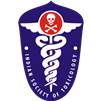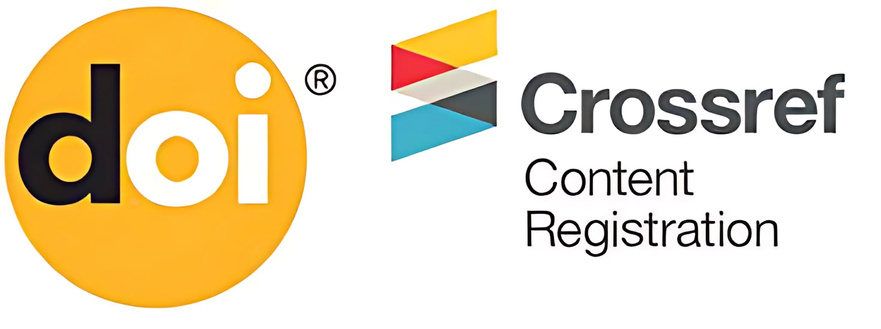Snake Envenomation: A Hospital-based Survey from Thiruvananthapuram, Kerala
Keywords:
Snakebite; Envenomation; Anti-snake venomAbstract
Objective: Analysis of the frequency of occurrence of different symptoms and complications in snakebite cases from a part of Kerala (Thiruvananthapuram), and to understand the demographic pattern of those cases.
Method: Retrospective analysis of all venomous snakebite cases (108 cases) admitted in Government Medical College, Thiruvananthapuram, during the year 2004, by scrutiny of hospital case sheets.
Results: Maximum number of paediatric cases were from the age group 7-9 years (52%). In adults, the most affected age group was 35-44 years (26%). Slight male preponderance was seen (59.3%). The time of bite was usually between 1700 hrs and 2000 hrs (49.1% cases). Time delay in seeking treatment was only up to 2 hours in 59.2% cases. The duration of stay in hospital was 1-4 days in 53.7% cases.
The species of the snake could not be identified in 54.6%, identified as viper in 35.2%, as cobra in 6.5%, and as krait in 3.7% cases. Bite mark could be located in 67.6% of victims. Severe form of local reaction with blistering and ulceration were seen in 13.9% and lymph node enlargement in 8.3% cases. Haematological symptoms were evident in 54.6%, nervous system involvement in 6.5% and both together in 9.3% cases. Cardiovascular system complications (toxic myocarditis, ventricular ectopics and neurogenic hypertension) were observed in 1 case, hypotension in 15%, and bradycardia in 1.8% cases.
Death occurred in 4.9% of older age group, and 11.1% in paediatric group, together constituting a frequency of 6.5%.



